May’s full ‘Flower Moon’ bloomed brightly on May 12, dazzling stargazers with a spectacular display of reflected luminance.
Named for the colorful wildflowers that bloom across North America and Europe this time of year, the May full moon is also known as the Milk Moon, Hare’s Moon, or Corn Moon over the centuries, according to NASA.
Regardless of what you call it, a full moon is catnip to the astrophotography community — and his one was no exception. Photographers around the world turned out in force to capture stunning compositions of the May 2025 full moon, blending Earthly landmarks with our glowing lunar neighbor. Many shots highlighted the golden hues just after moonrise, when the full moon sheds its usual silver-white tone in favor of a warm yellowish glow.
Astrophotographers used a tried and tested technique: framing foreground objects in front of the moon and zooming in on both subjects using a long lens. This approach creates the illusion of a massive lunar disk, mimicking the well-known “moon-illusion” — a trick of the eye that makes the moon look bigger when it’s close to the horizon.
Read on to see a selection of the most spectacular shots of the 2025 Flower Moon, courtesy of the global astrophotography community. If you missed the moon last night, don’t worry, it’ll still look almost completely full for the nights surrounding peak illumination on May 12, so get out there and capture a Flower Moon of your own!
Views of the moon from around the world
Gary Hershorn staked out the perfect spot in Jersey City to capture a phenomenal view of the Flower Moon rising behind the Statue of Liberty during an atmospheric, cloud-strewn sunset on May 11. The image creates the illusion that the statue has left its perch on Liberty Island to march towards the rising moon.
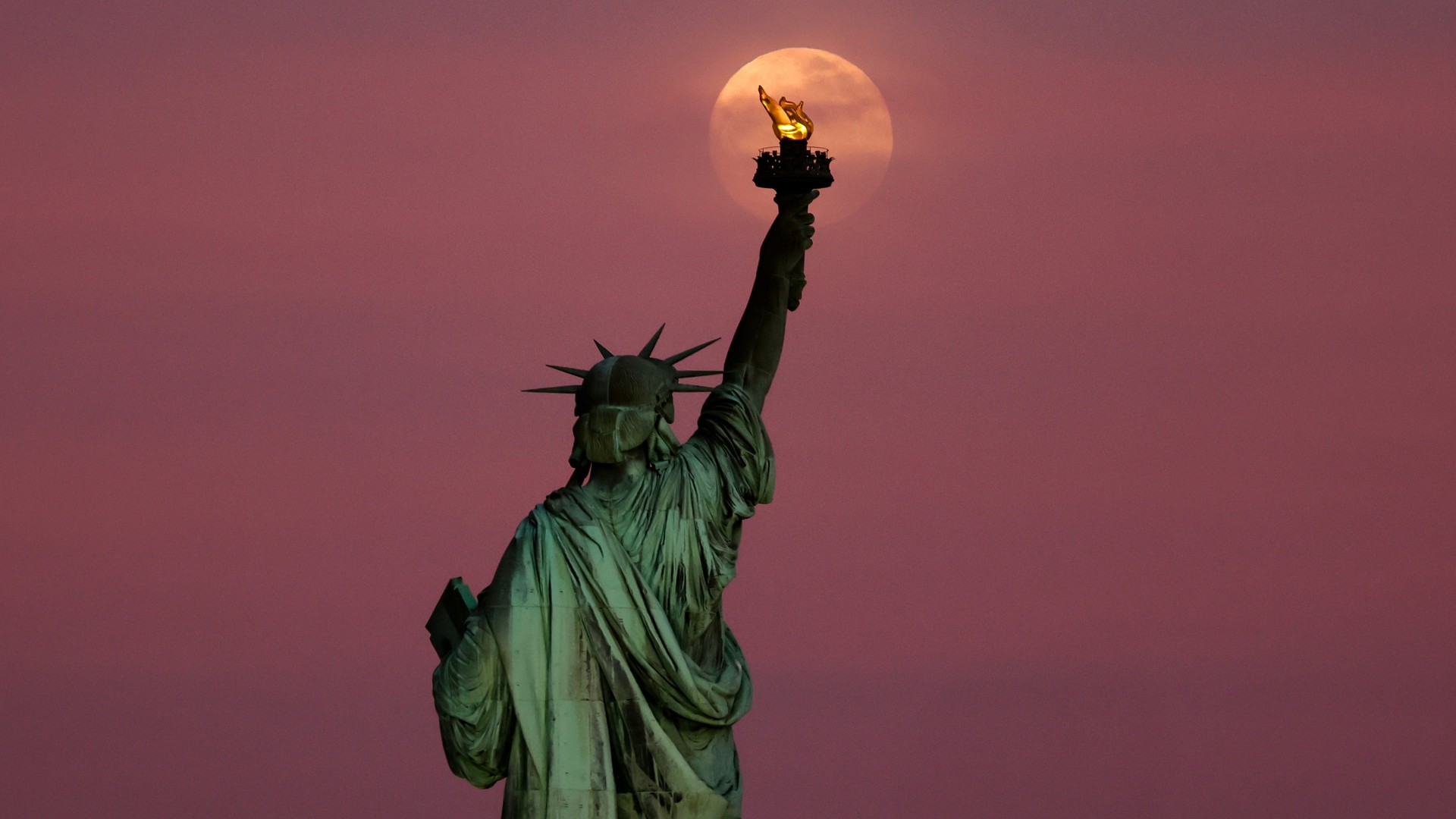
Vladimir Medvinsky captured a mesmerizing view of the moon setting behind Point Loma peninsula in California during a Mother’s Day weekend getaway with his wife Rosie. Medvinsky had packed his camera out of habit with no intention of snapping the Flower Moon, but happened to wake up at 4:30 a.m. on the morning of May 11 to find that the fog of the previous day had cleared.
“I grabbed my camera and headed to the strand. The full moon was still visible but veiled by clouds,” Medvinsky told Space.com in an email. “Within minutes of scouting for a spot that aligned with the point, the moon broke through and lit up the sky as it descended toward the ocean. I captured a few quick shots before it disappeared.”
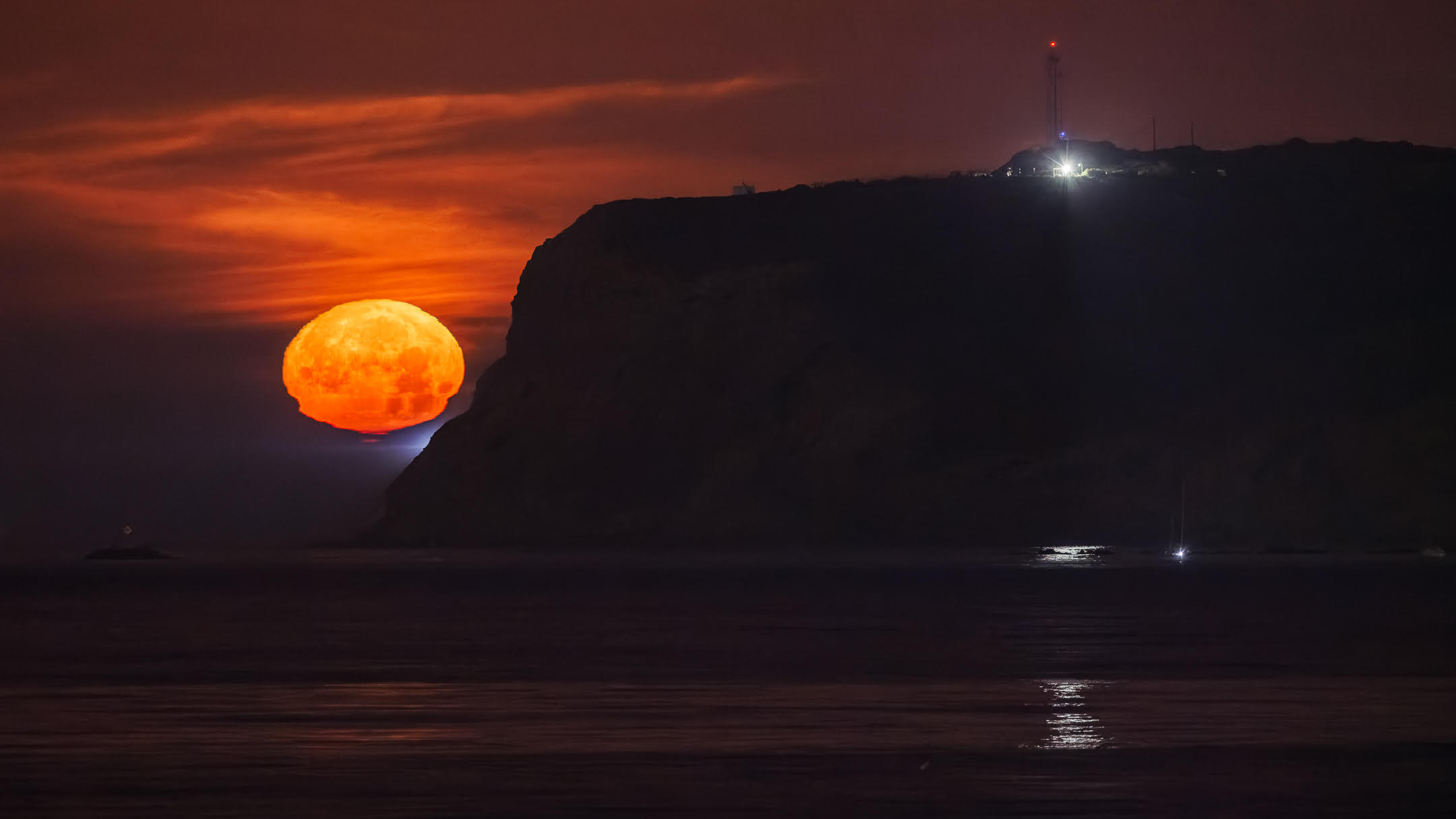
Medvinsky captured the scene by snapping 0.5-second exposures with his Canon R5 camera, fitted with a RF100-500mm F4.5-7.1 L IS USM telephoto lens. The shots were then processed in Adobe Lightroom.
“Looking east, I noticed some interesting cloud formations that hinted at a colorful sunrise. I jumped in the car and made my way to the east side of Coronado,” Medvinsky continued. Just as I arrived and set up along San Diego Bay at low tide, the sky ignited with color — I managed to capture a few beautiful sunrise photos.
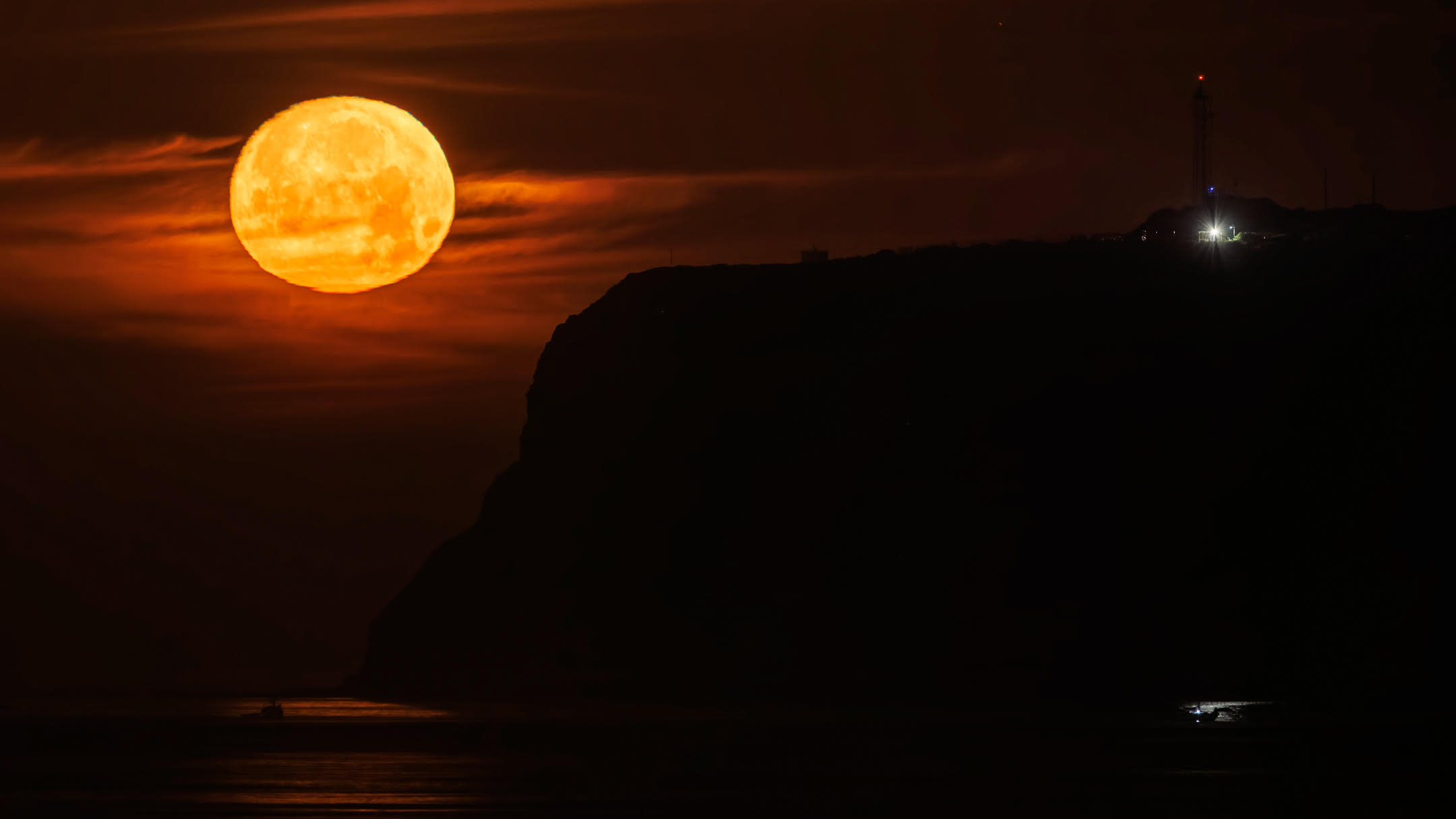
Night Sky enthusiast Andy Moran captured an image of the full moon framed low on the horizon from a road close to his home in Nottingham, U.K. “Capturing May’s full moon was tricky. Its position low in the southern sky meant photographing it in the city was a challenge,” Moran told Space.com.
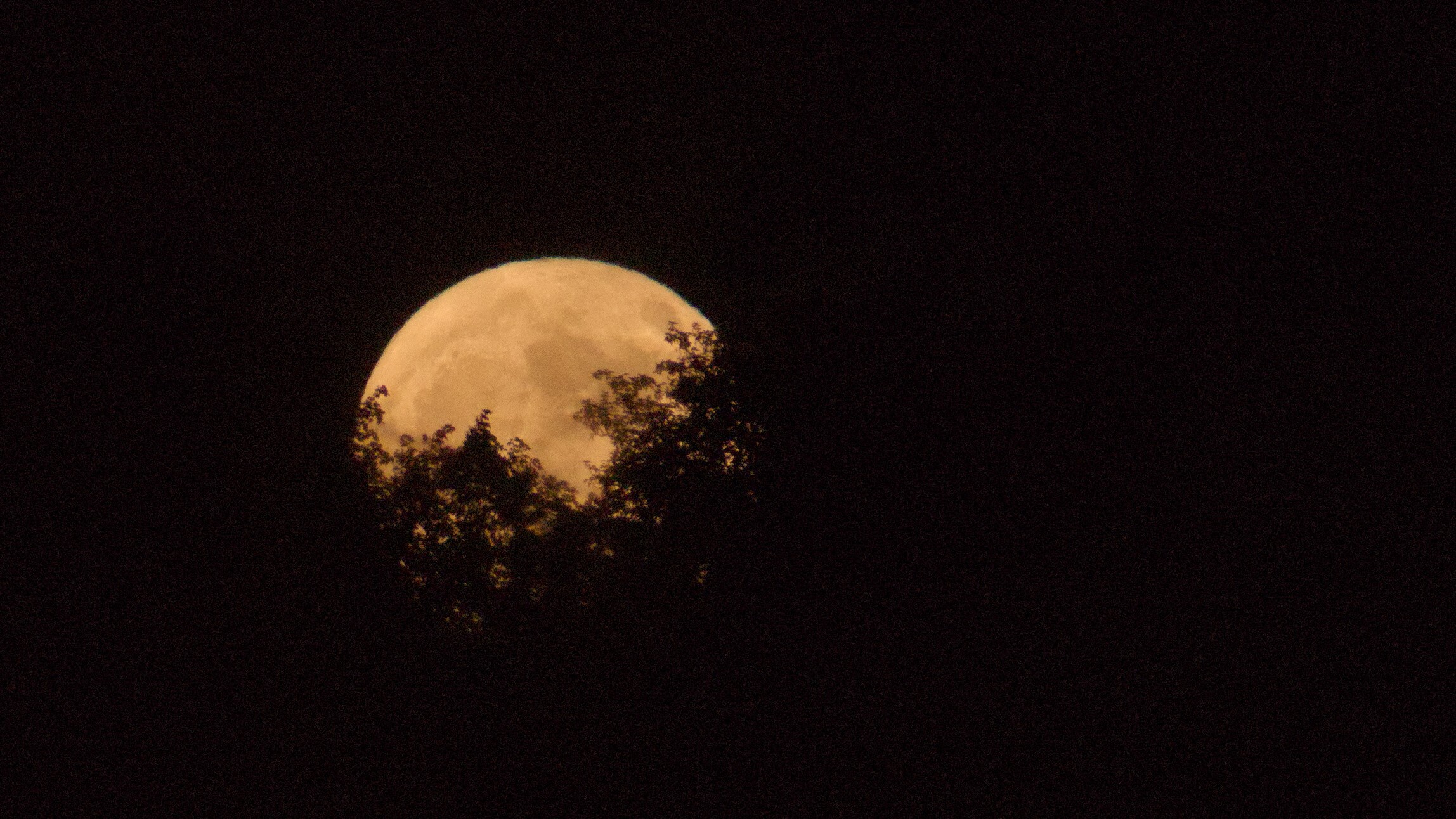
One night and over 10,000 miles away on May 12 photographer Isa Terli captured that same moon hanging above the Suleymaniye Mosque in Istanbul, Turkey on May 12, 2025. The orange newly risen moon can be seen half wreathed in tendrils of cloud, as the city shines with its own artificial light beneath.
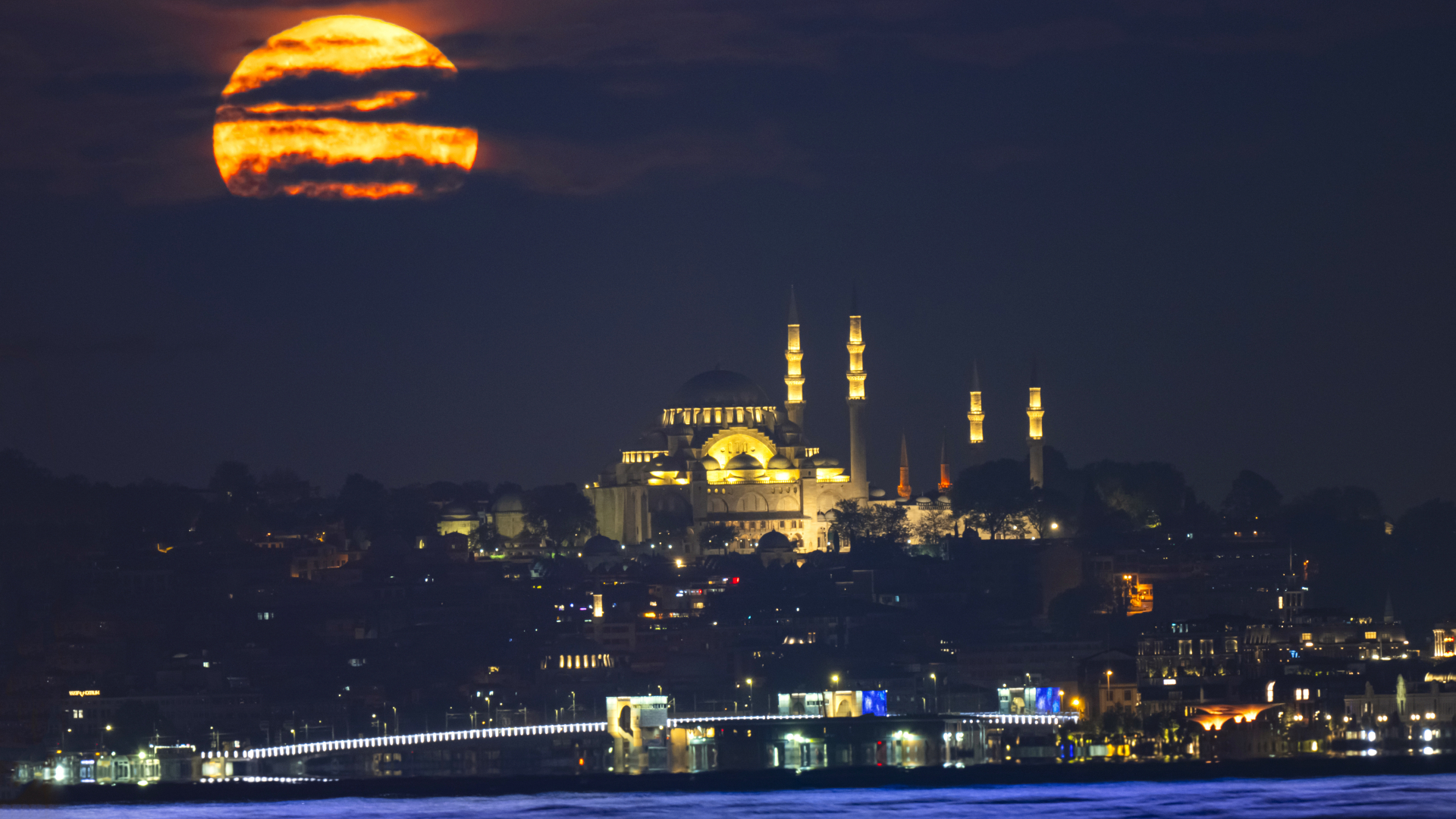
Metin Aktas was able to capture a focused view from the Ankara region of Turkey on May 11, which highlights the locations of the dark lunar seas known as “maria” that are formed from ancient lava flows that cooled billions of years ago to create the basaltic plains we see today. Bright lines of reflective material known as ejecta rays can also be seen streaking across the lunar surface where they were thrown out from violent crater-forming impacts.
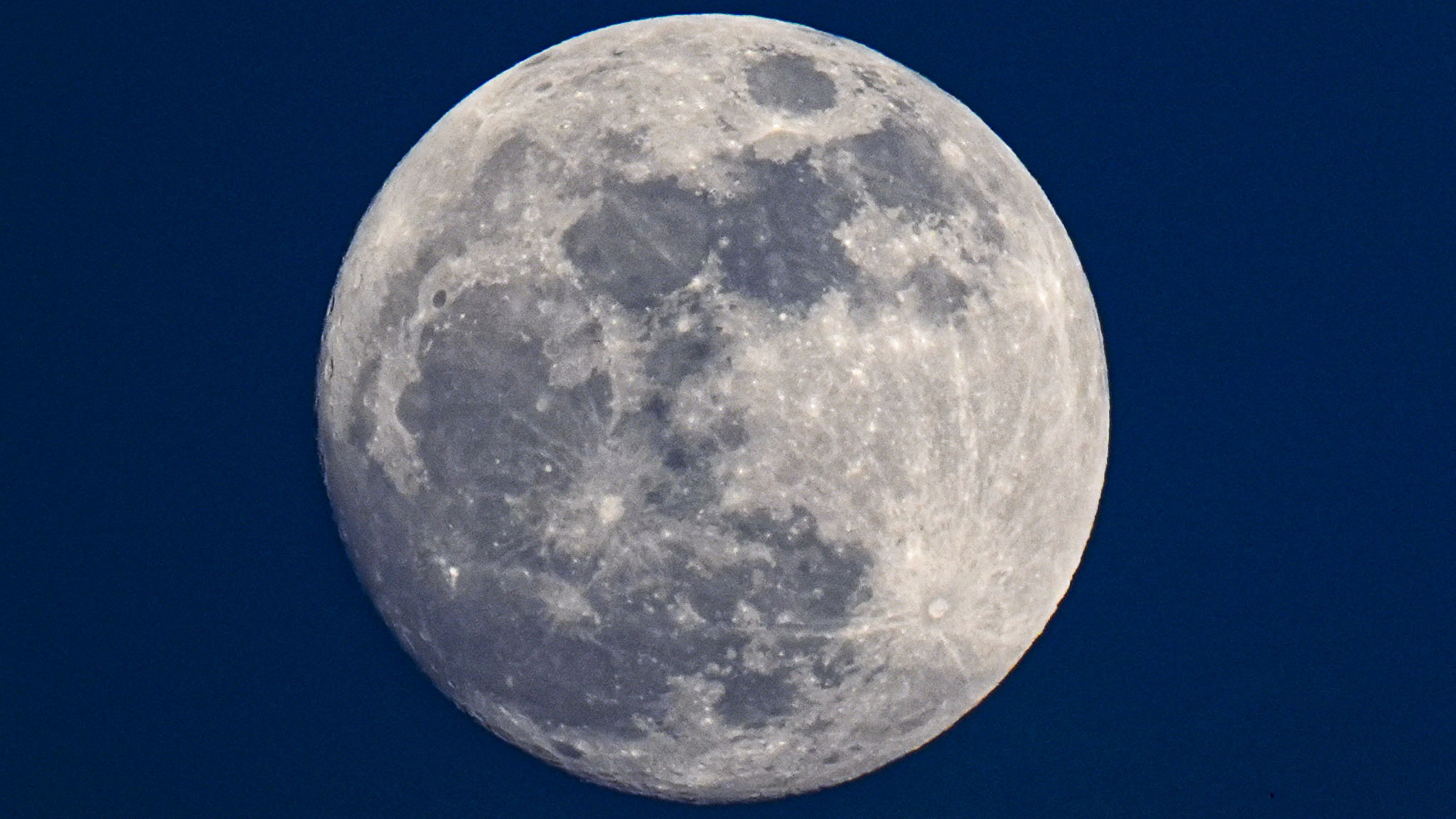
On May 12, Milos Bicanski lined himself up to capture an incredible shot of moonrise framed by the Temple of Poseidon at Cape Sunion, at one of the southernmost points of mainland Greece. The photo highlights the relative youth of human civilization by showing a 2,500-year-old temple that is ancient by the yardstick of human lives, alongside the 4.5 billion-year-old disk of Earth’s moon, which has watched over humanity since our ancestors emerged from the oceans.
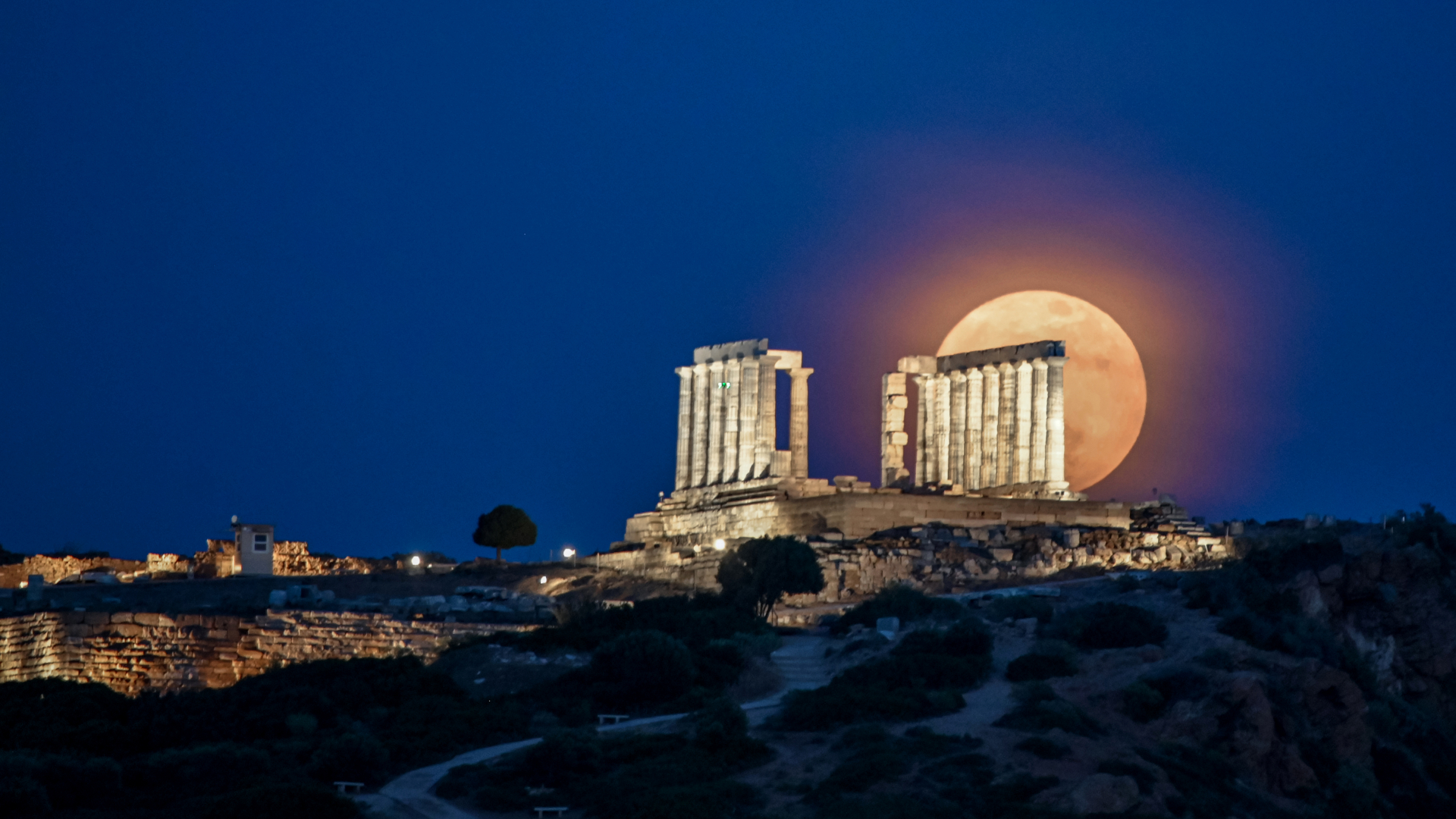
Heading back to New York, photographer Lokman Vural Elibol was able to capture a perfectly aligned view of the full moon’s disk skewered on the spire of the Empire State Building in New York City on May 12.
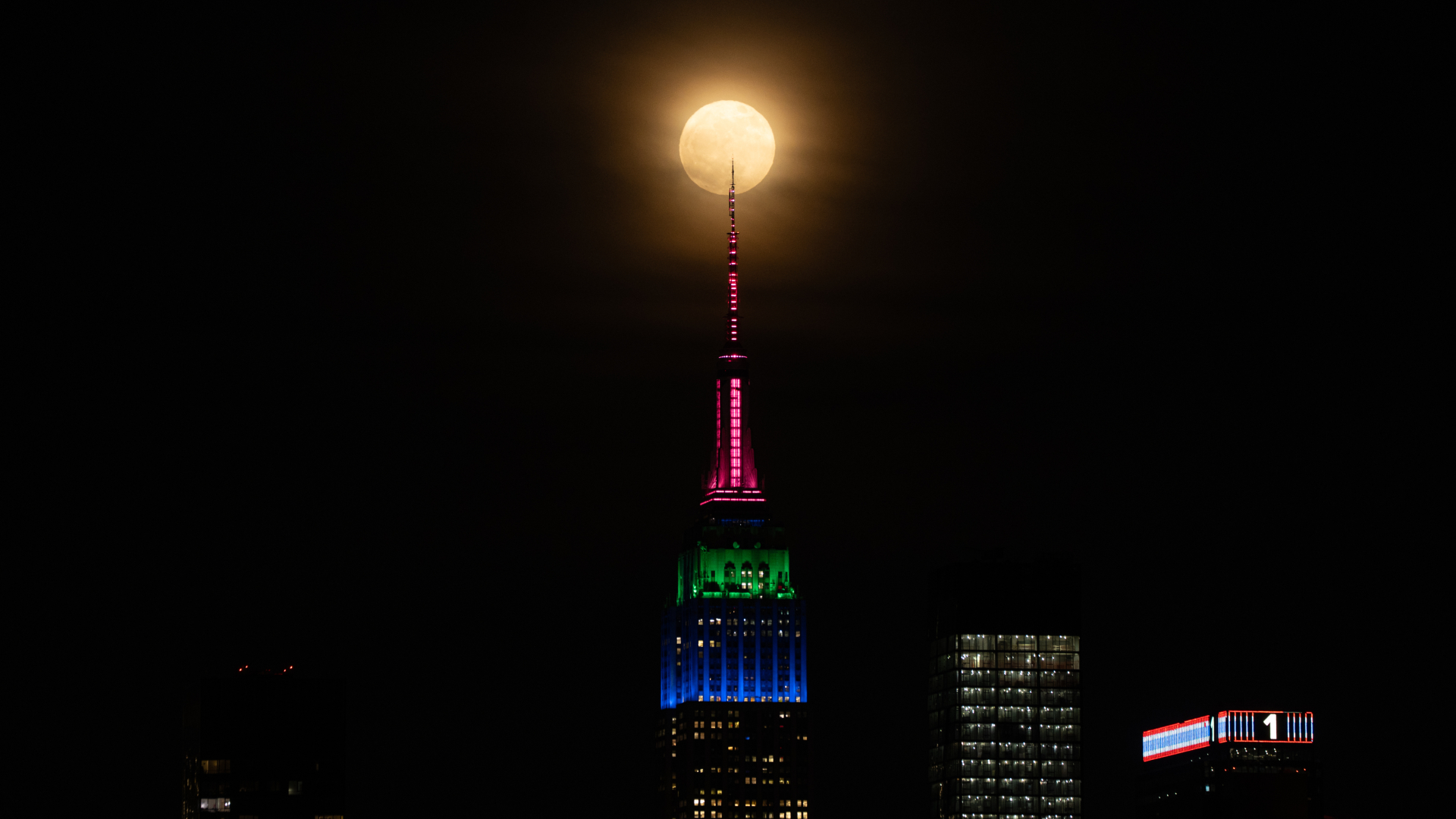
On that same night, Kirill Kudryavtsev captured a well-timed view of a passenger aircraft leaving a dense exhaust trail across the face of the moon from his vantage point in Frankfurt, Germany.
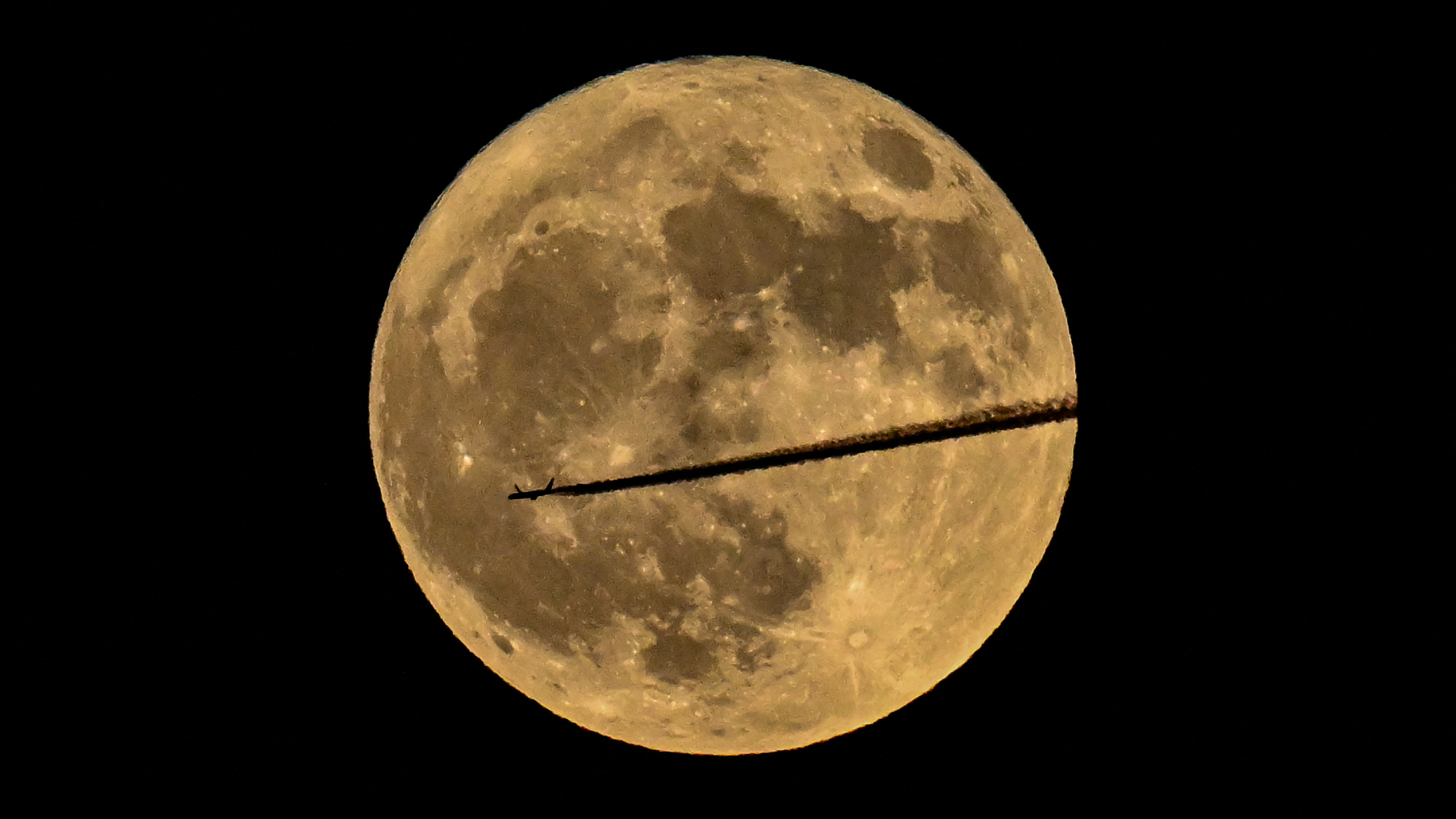
Photographer Davide Pischettola meanwhile, captured a serene view of the moon’s orange disk hanging over the Molfetta Cathedral in Italy, which again highlighted the dark lunar Maria (which is Latin for Seas) that mark the surface of Earth‘s closest celestial companion.
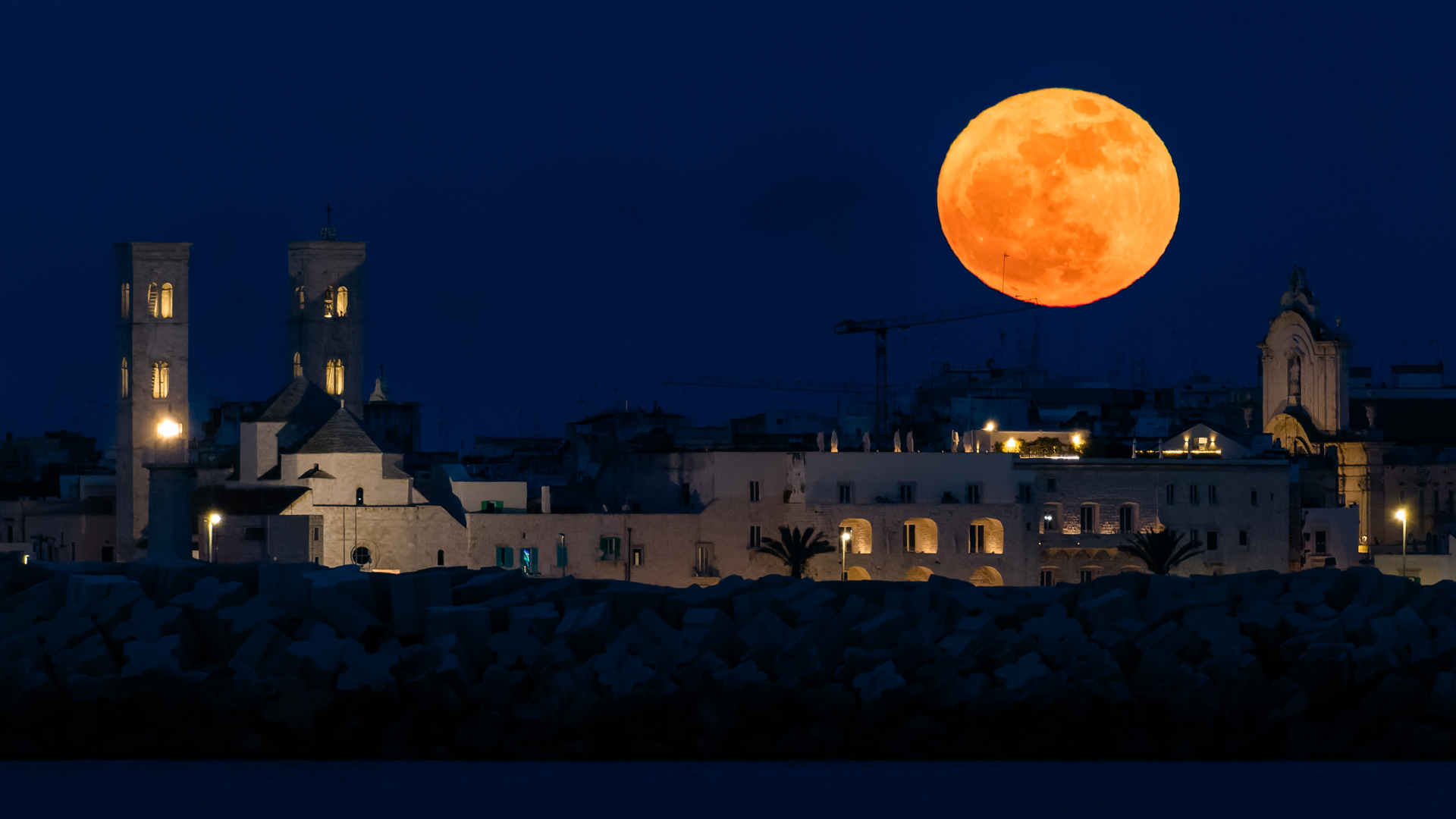
Astrophotographer Dr. Sebastian Voltmer captured a striking view of the moon brushing up against a ruined tower on the Italian island of Sardinia, giving the impression that the lunar disk was a cosmic wrecking ball barrelling into the beautiful old ruin.
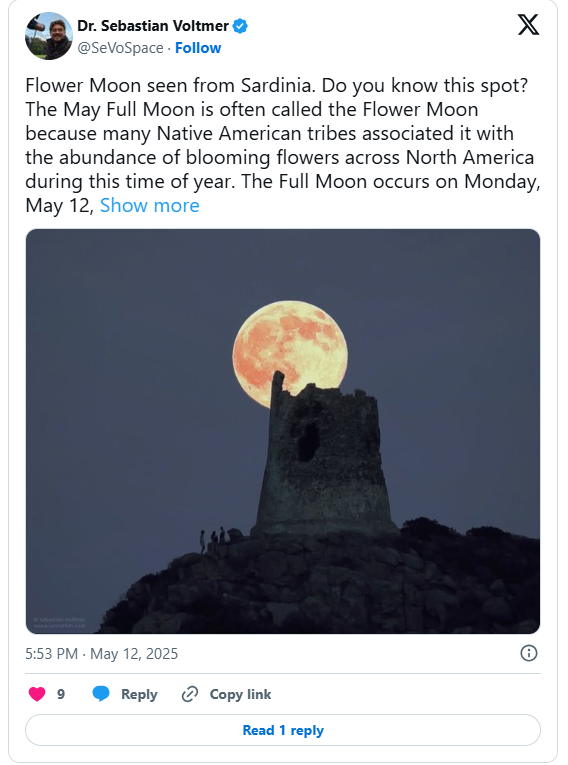

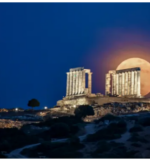
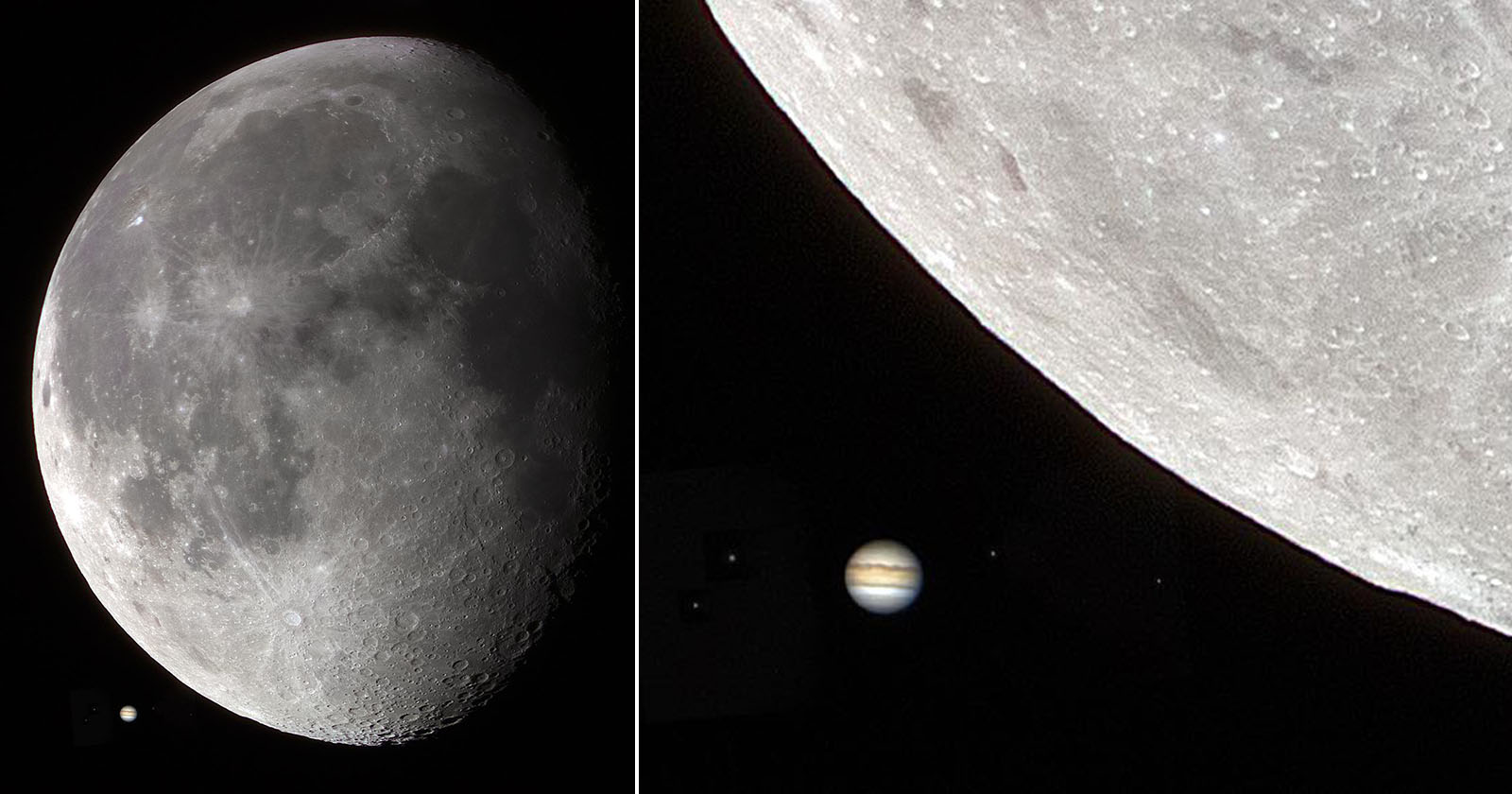
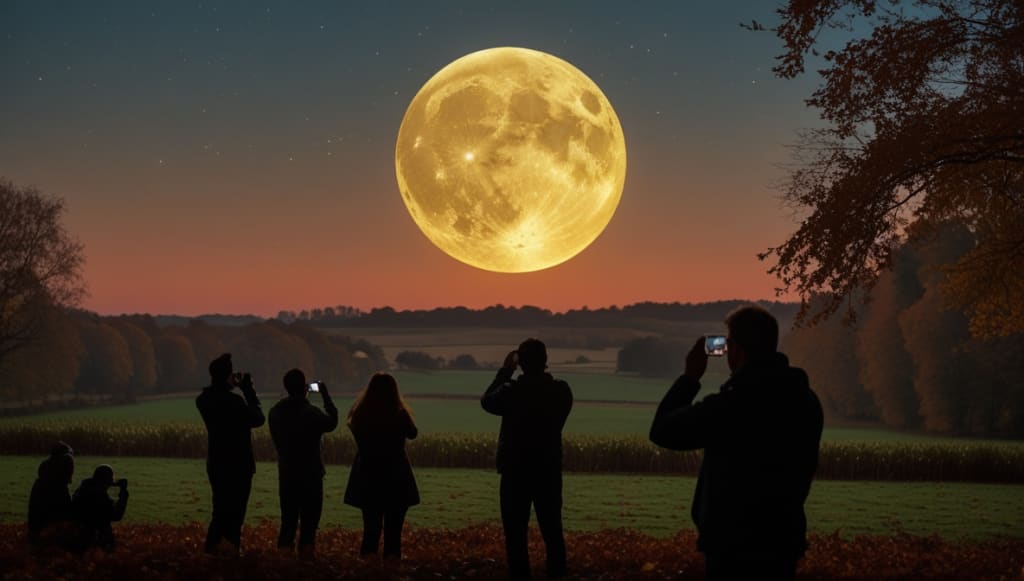
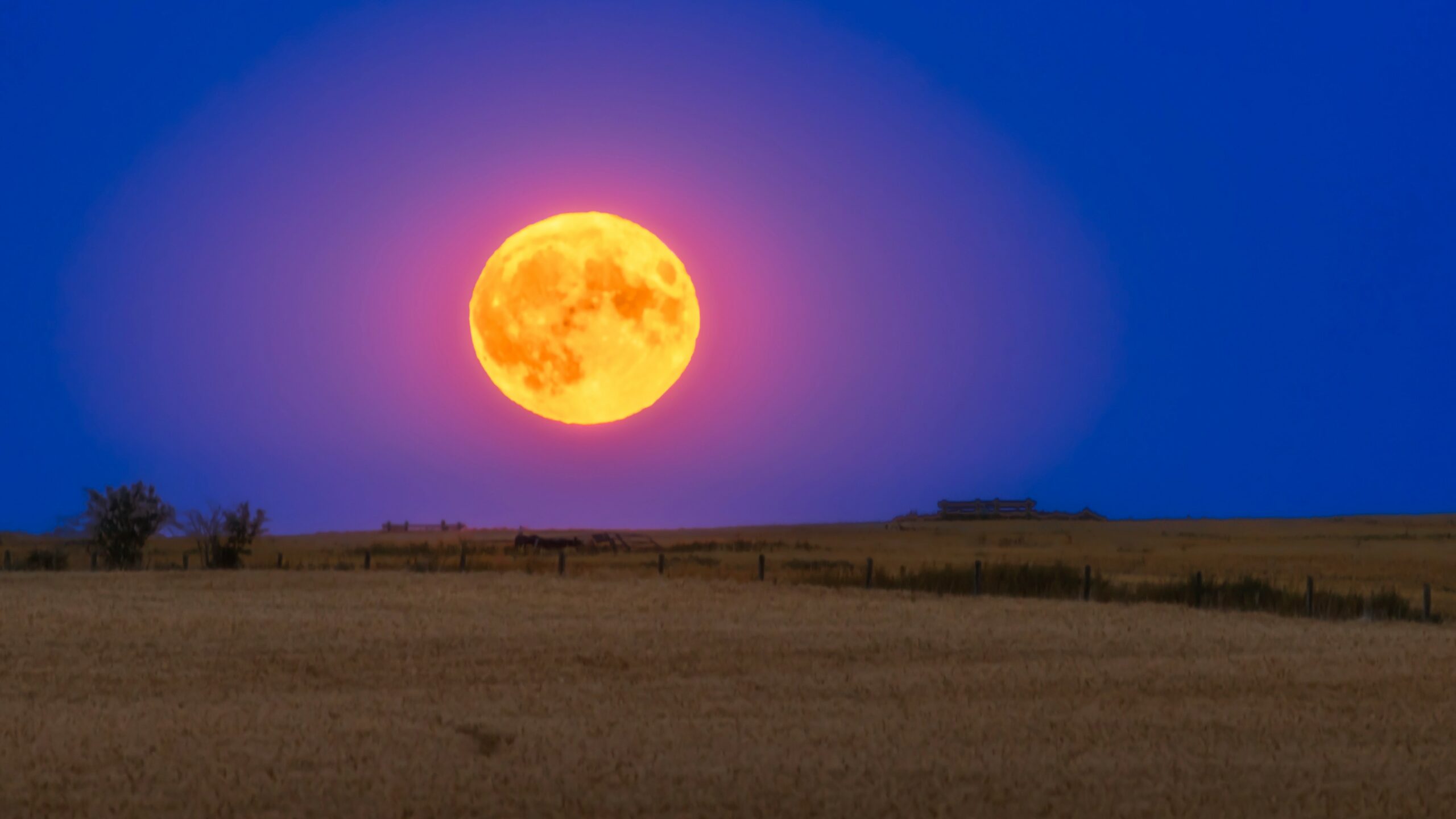
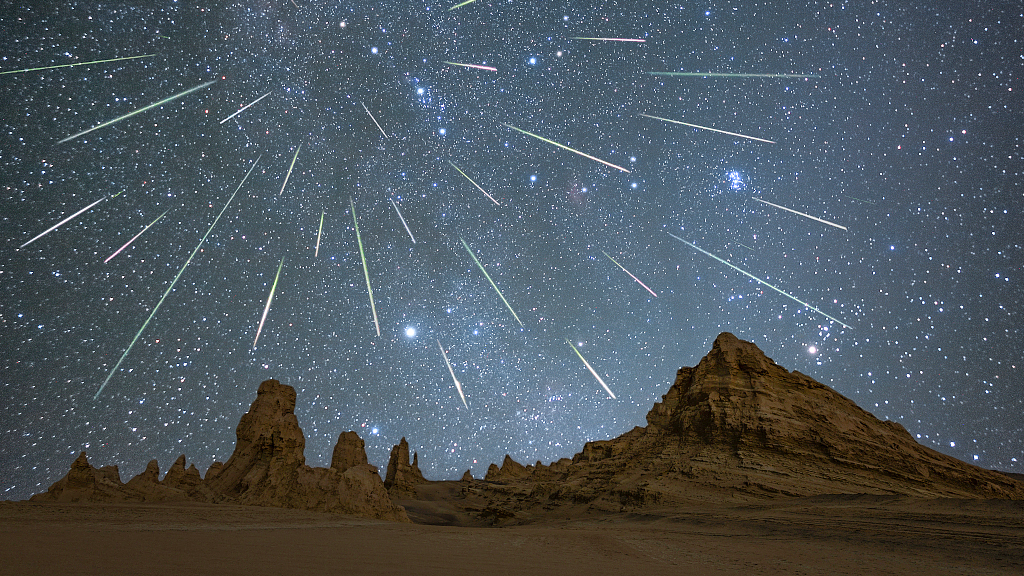
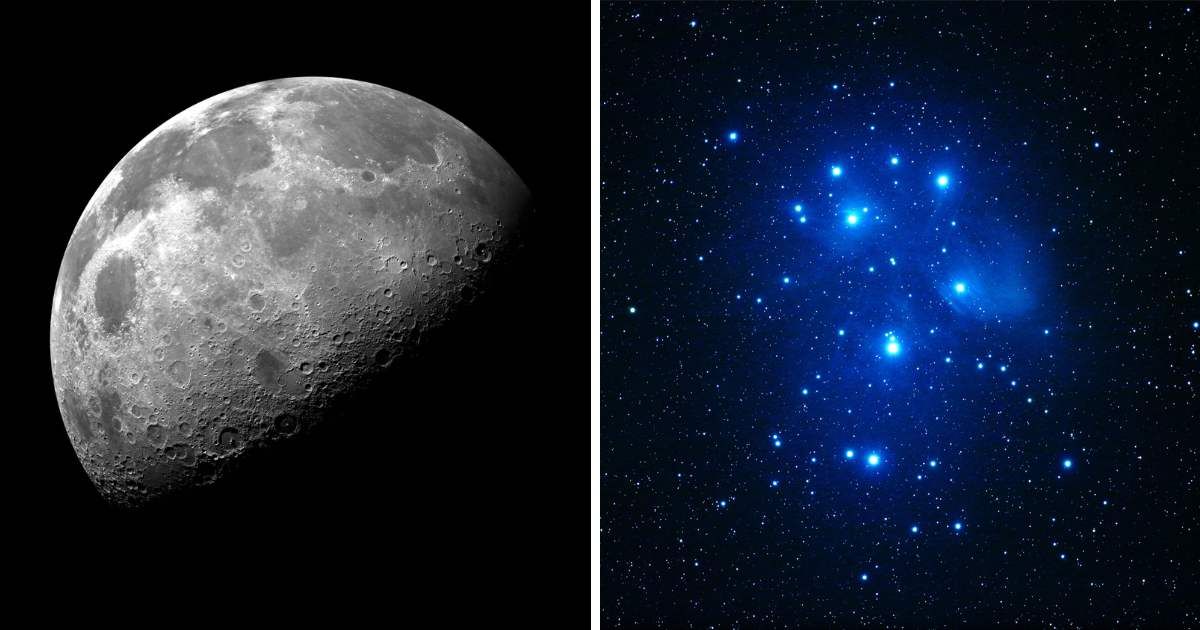
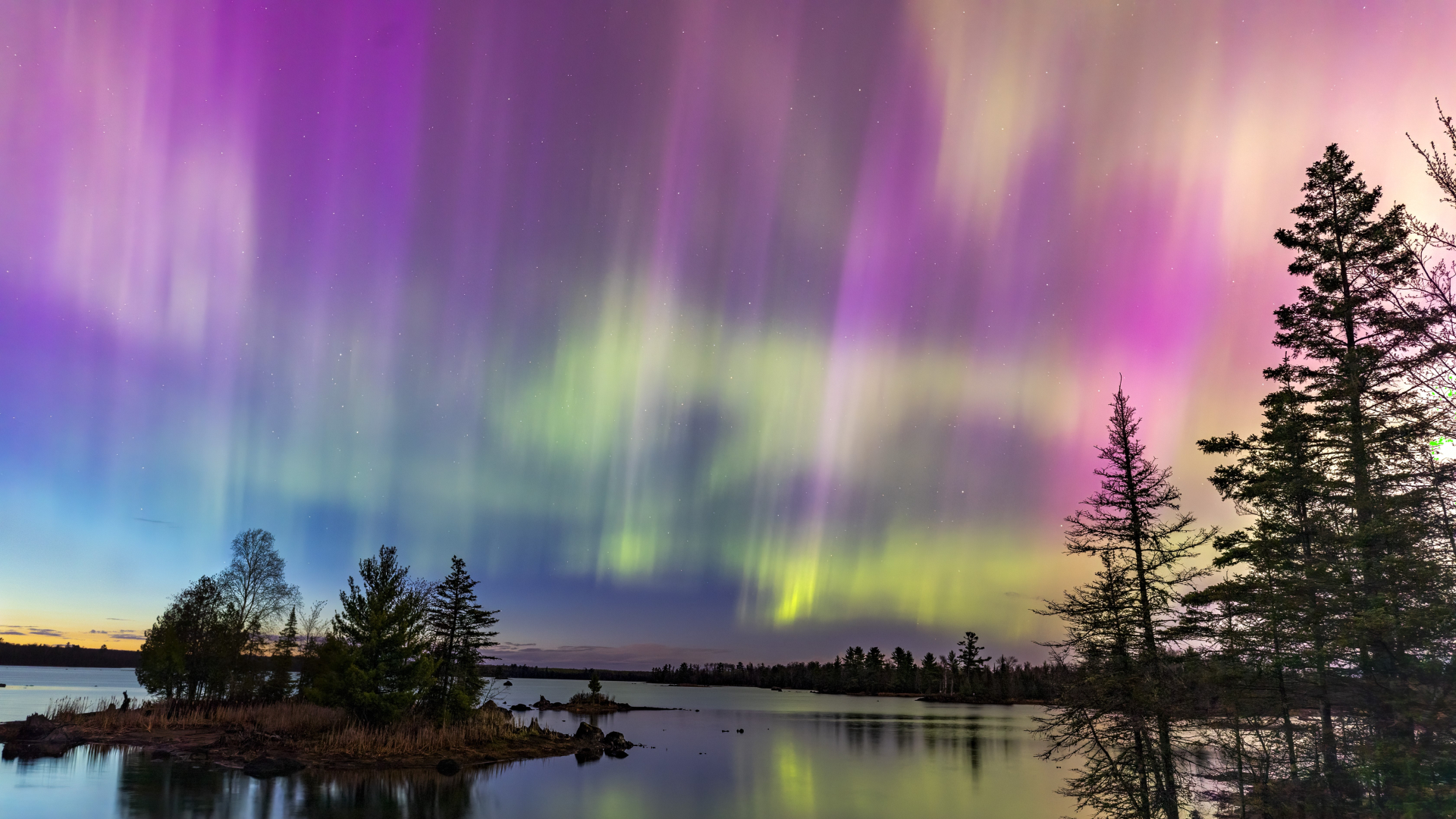
 Photographer Finds Locations Of 1960s Postcards To See How They Look Today, And The Difference Is Unbelievable
Photographer Finds Locations Of 1960s Postcards To See How They Look Today, And The Difference Is Unbelievable  Hij zet 3 IKEA kastjes tegen elkaar aan en maakt dit voor zijn vrouw…Wat een gaaf resultaat!!
Hij zet 3 IKEA kastjes tegen elkaar aan en maakt dit voor zijn vrouw…Wat een gaaf resultaat!!  Scientists Discover 512-Year-Old Shark, Which Would Be The Oldest Living Vertebrate On The Planet
Scientists Discover 512-Year-Old Shark, Which Would Be The Oldest Living Vertebrate On The Planet  Hus til salg er kun 22 kvadratmeter – men vent til du ser det indvendigt
Hus til salg er kun 22 kvadratmeter – men vent til du ser det indvendigt  Superknepet – så blir snuskiga ugnsformen som ny igen!
Superknepet – så blir snuskiga ugnsformen som ny igen! 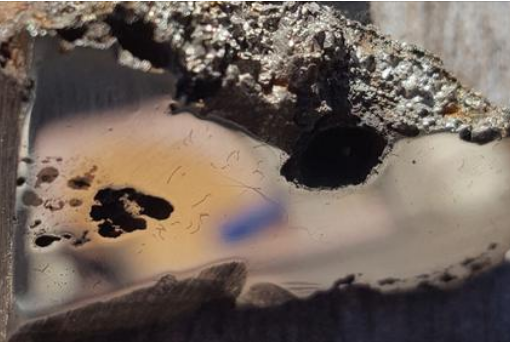 Meteorite That Recently Fell in Somalia Turns Out to Contain Two Minerals Never Before Seen on Earth
Meteorite That Recently Fell in Somalia Turns Out to Contain Two Minerals Never Before Seen on Earth  Nearly Frozen Waves Captured On Camera By Nantucket Photographer
Nearly Frozen Waves Captured On Camera By Nantucket Photographer  It’s Official: Astronomers Have Discovered another Earth
It’s Official: Astronomers Have Discovered another Earth 